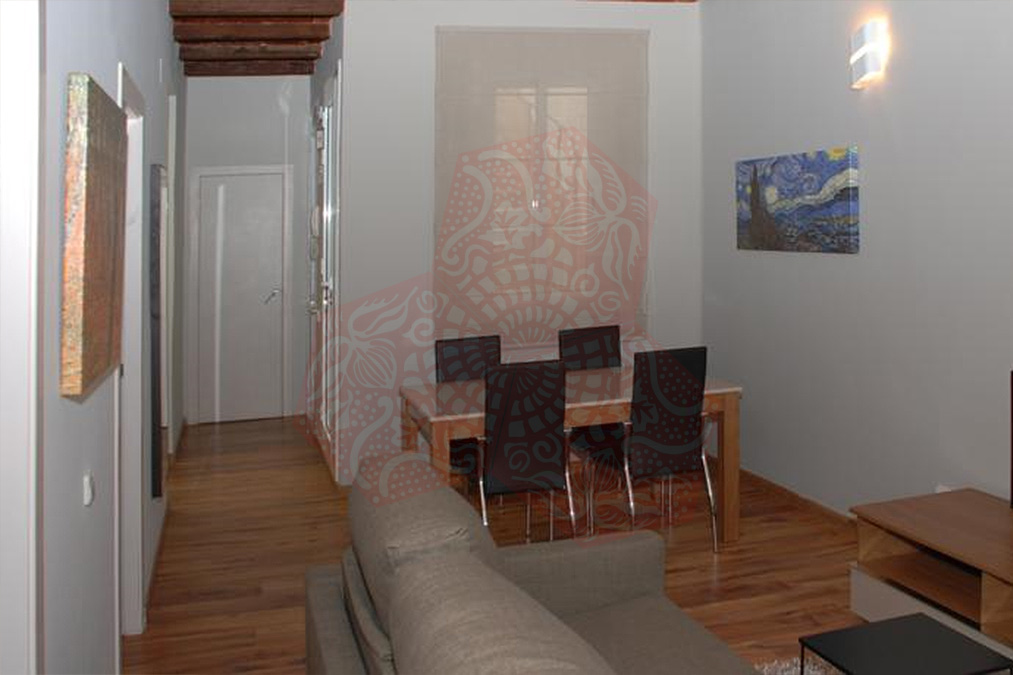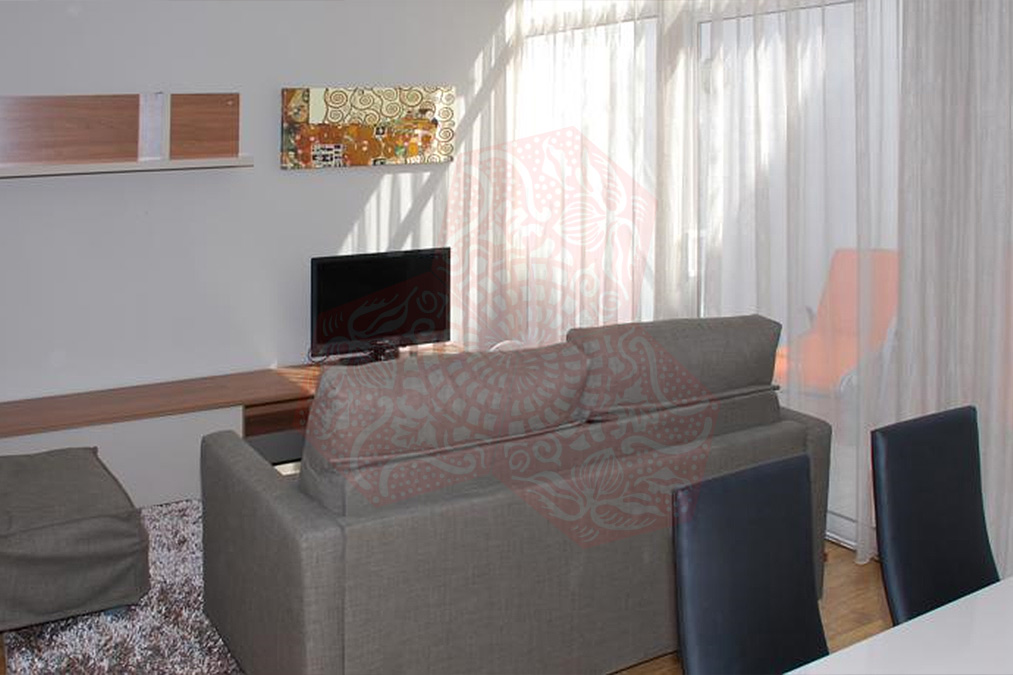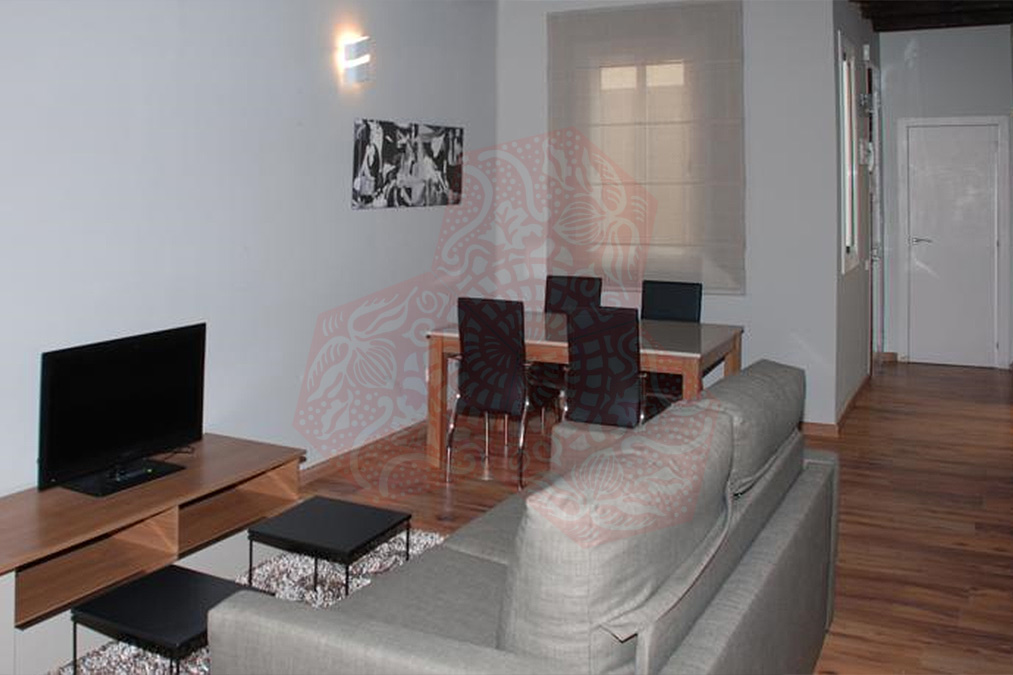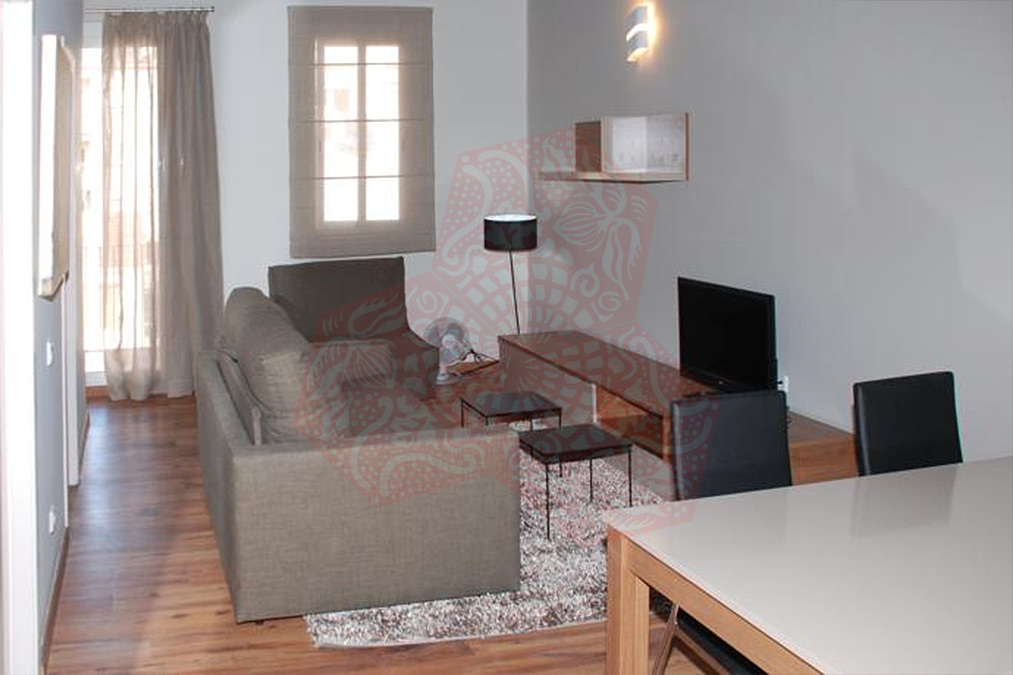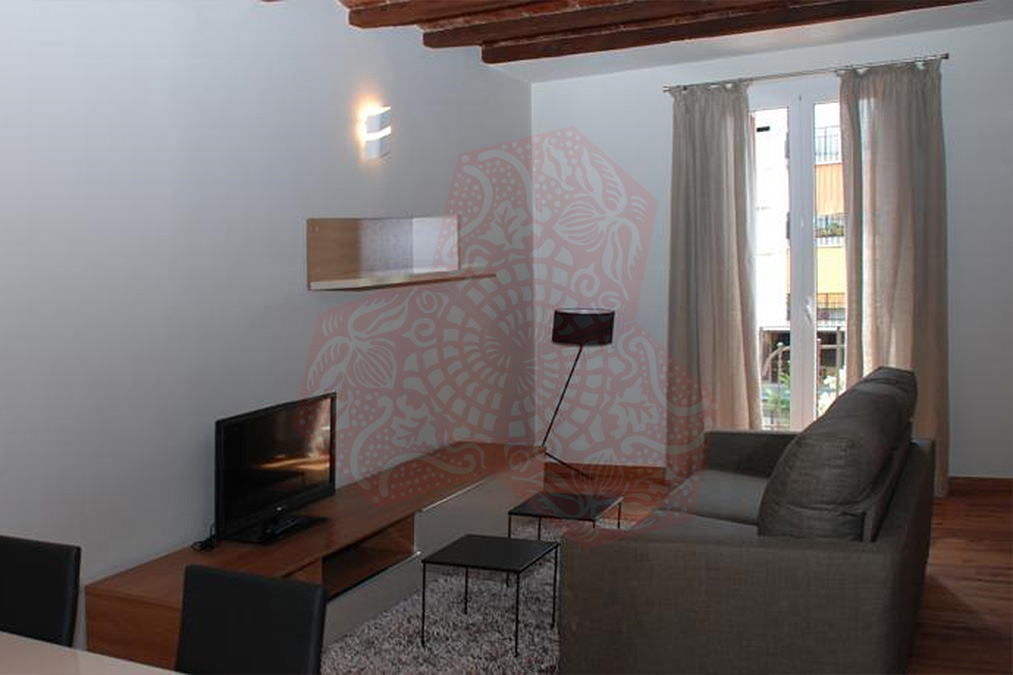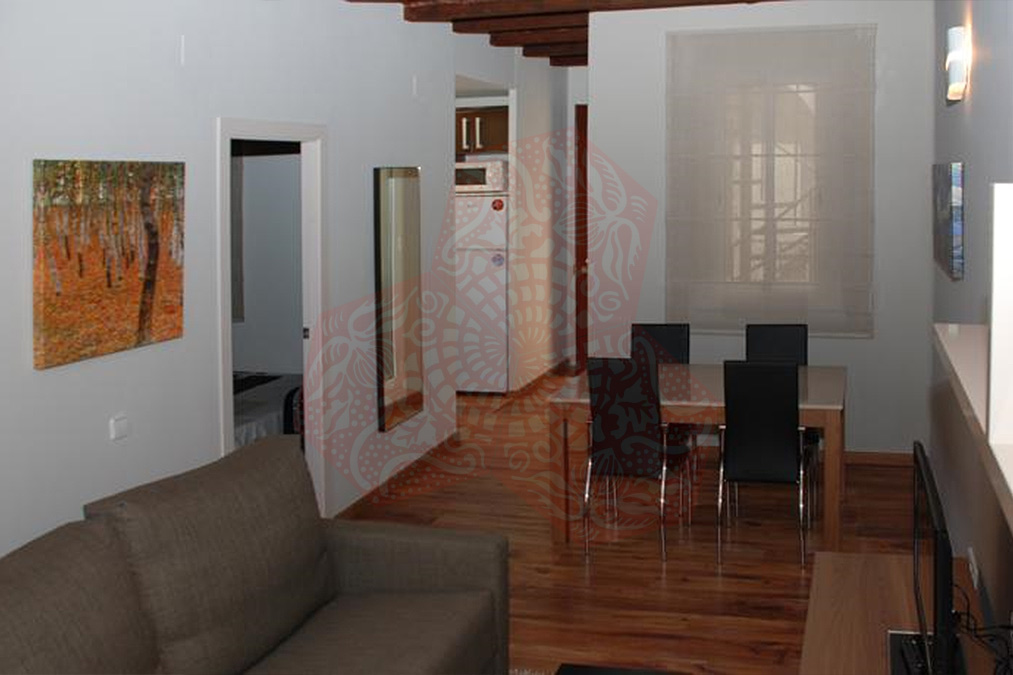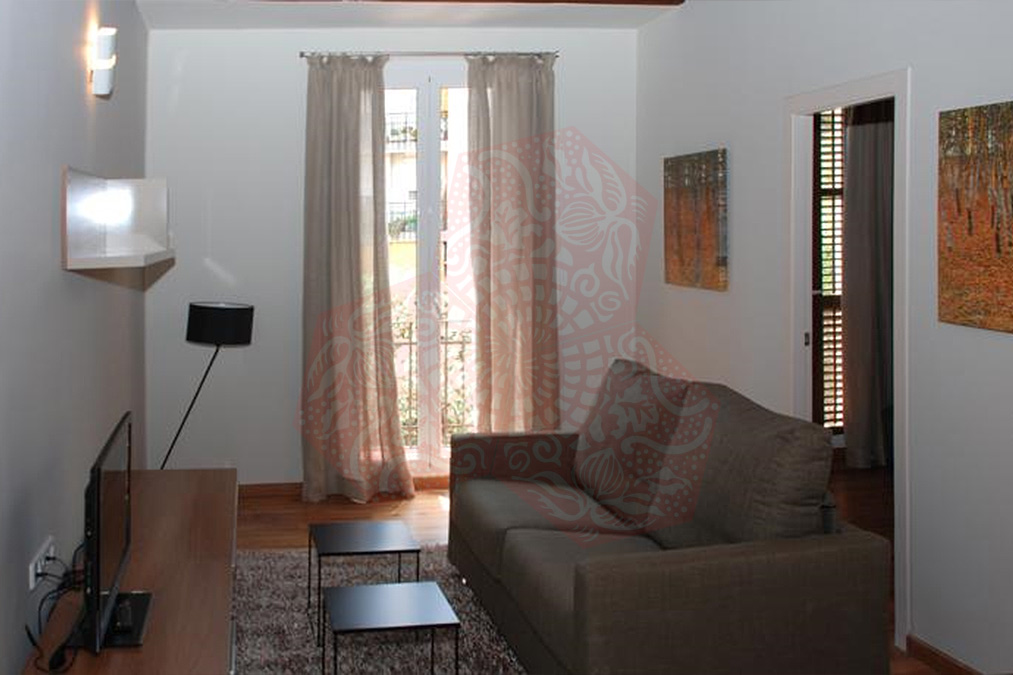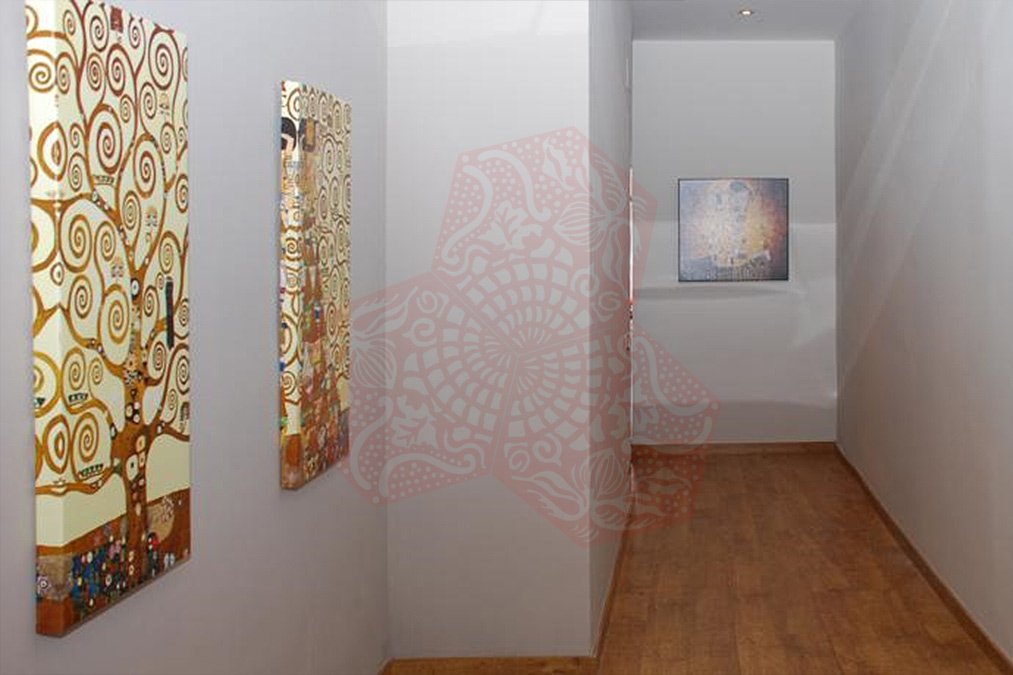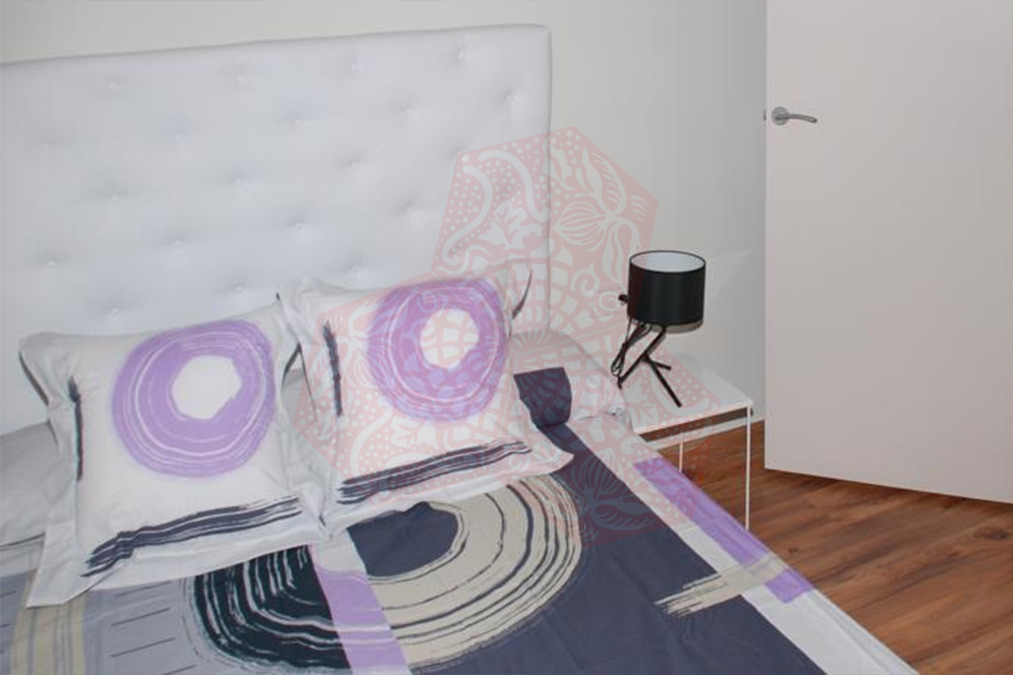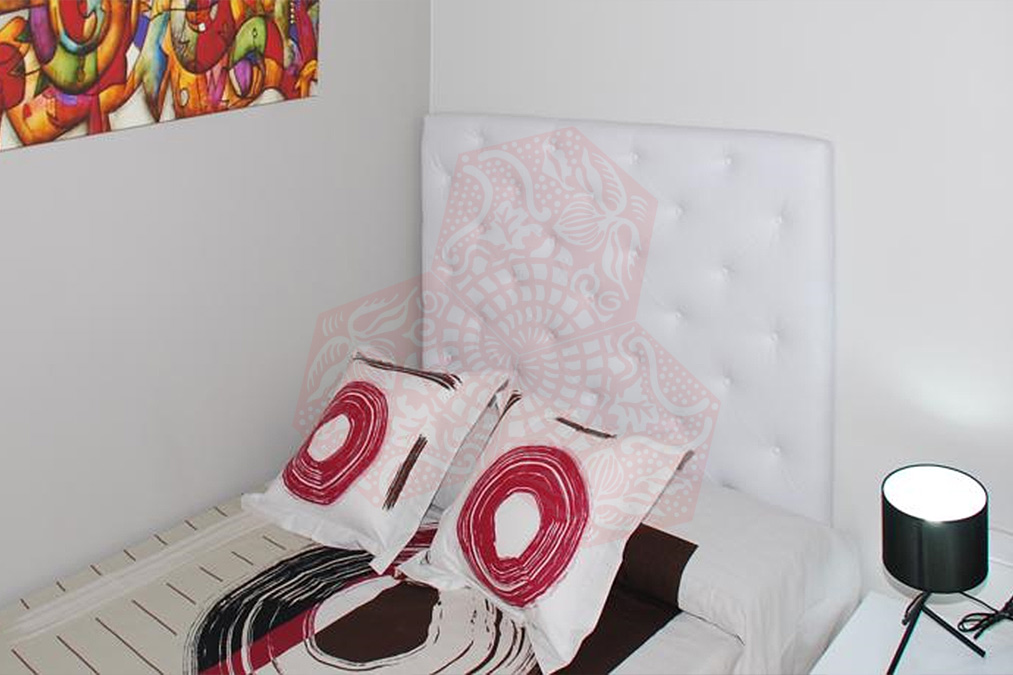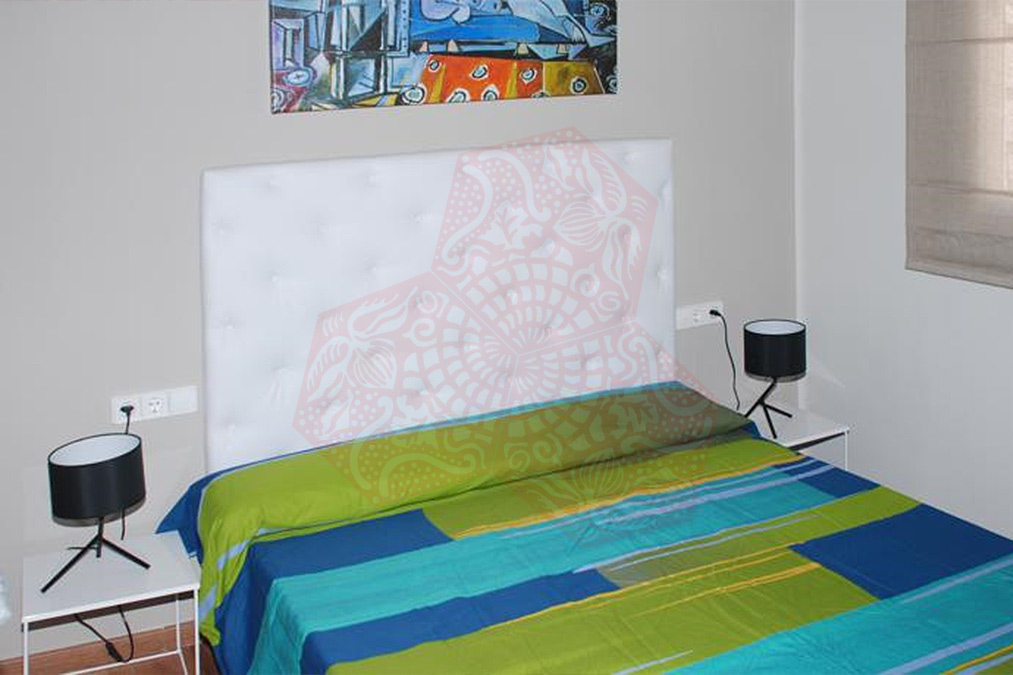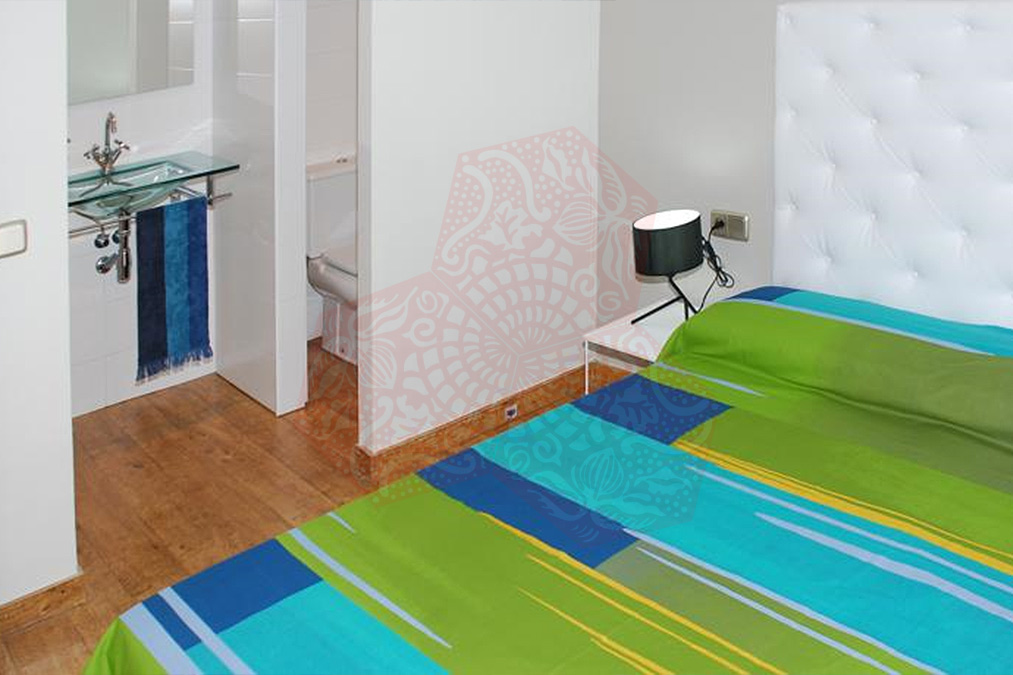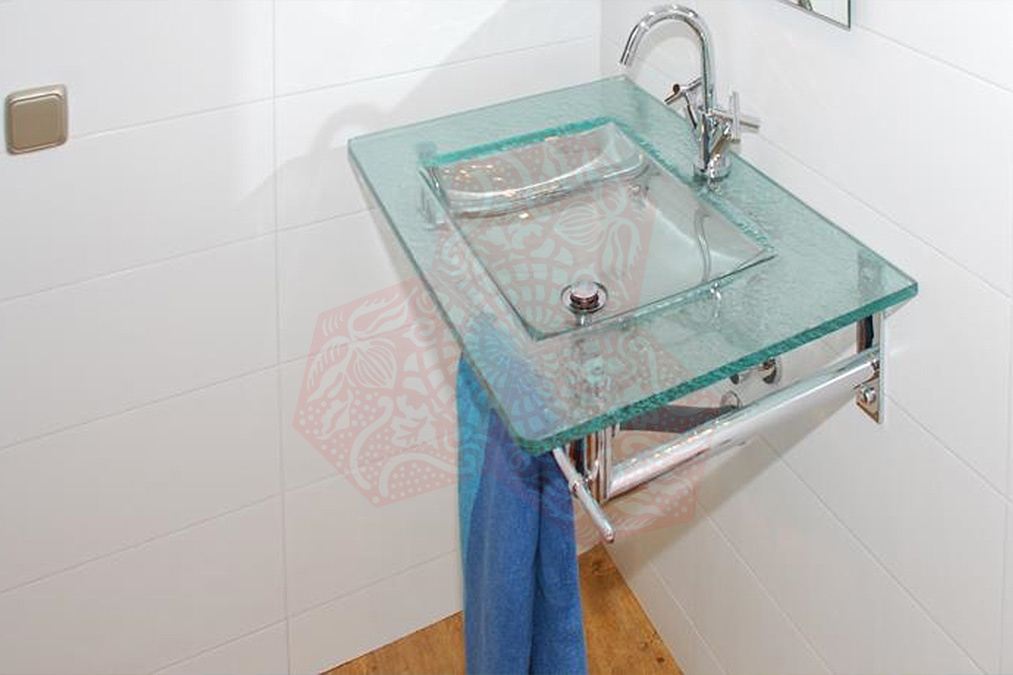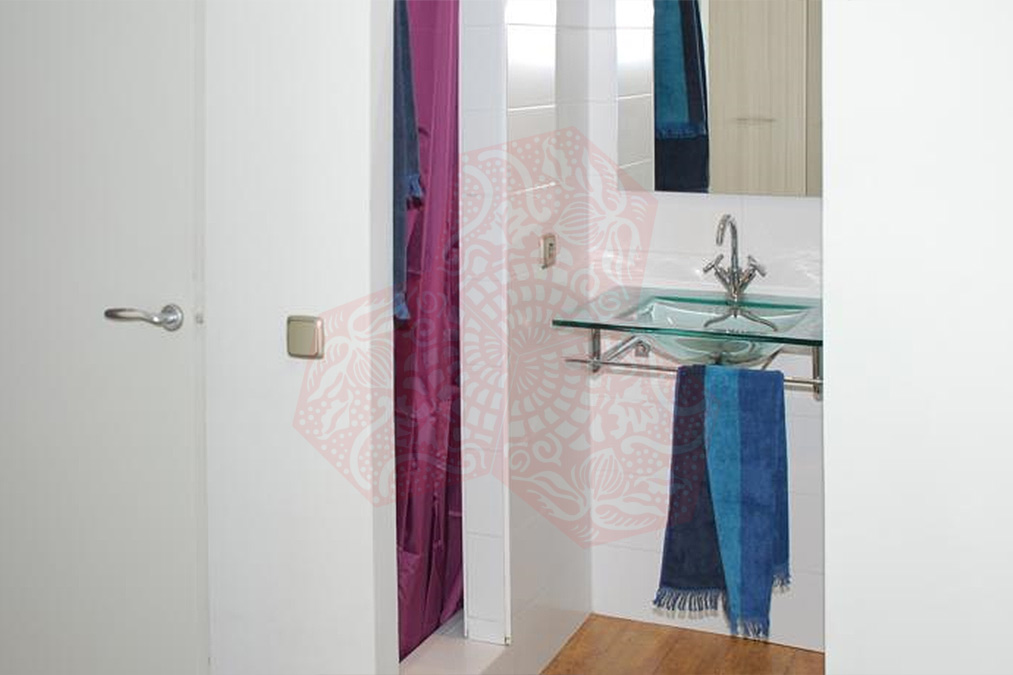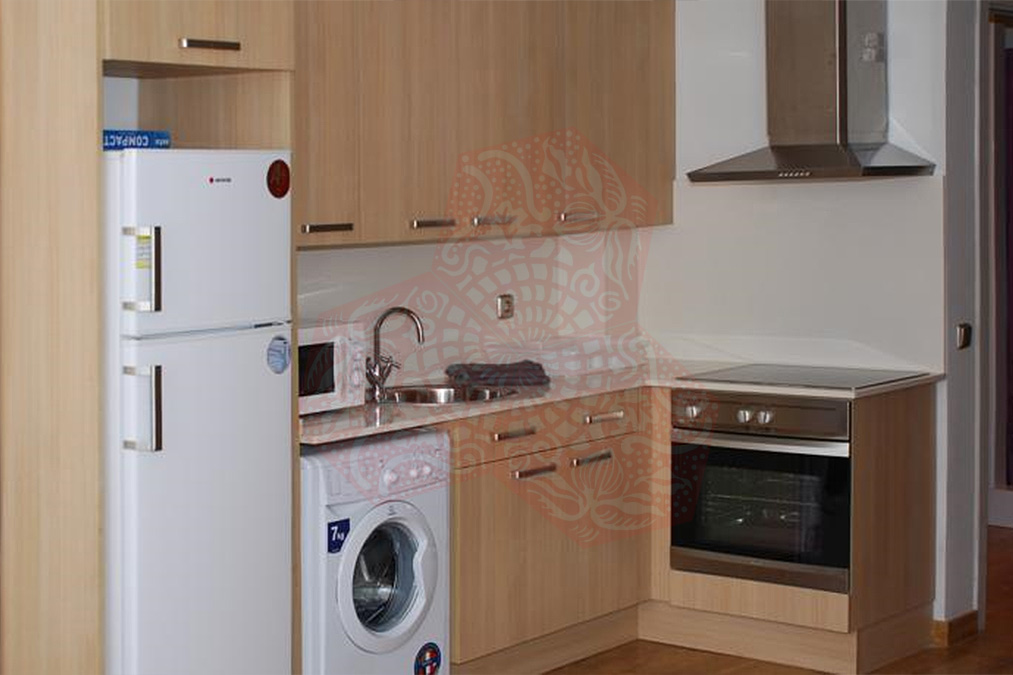BCN APARTHOTEL HL PLACA ESPANYOLA
BCN APARTHOTEL HL PLACA ESPANYOLA is located just a 15 minutes walk from the FCB Barcelona Camp Nou Stadium and a 10 minutes drive from Fira Gran Via Congress Centre making it perfect for delegates to Barcelona Tradeshows. On offer are modern apartments with free Wi-Fi and a balcony.
The apartments at BCN APARTHOTEL HL PLACA ESPANYOLA feature wooden beamed ceilings and hardwood floors. The living rooms are equipped with sofas and flat-screen TV. There is a hairdryer and shower in the bathroom. The kitchen includes a fridge, microwave and coffee maker, and there is also a washing machine.
Apartamentos La Hispaniola Barcelona is located in Plaça Espanyola, Hospitalet de Llobregat. Santa Eulalia Metro Station is 10 minutes’ walk away, connecting you with central Barcelona in 15 minutes.
BCN 4P PISO SANTS II has heating as well as free WiFi.
Nearest Metro Station: Torrassa (L1, red line), Santa Eulalia (L1, red line)
Cancellation / Prepayment
In order to cancel your reservation, please contact us as soon as possible. Each apartment has a different cancellation policy.
Children and extra beds
0 to 3-year children are free of charge.
Pets
Pets are not allowed
Accepted credit cards
American Express, Visa, Mastercard, Maestro.
Check-in time
14:00
Check-out time
11:00
Facilities
- Balcony
- Coffee Machine
- Desk
- Dishwasher
- Fridge/Freezer
- Hairdryer
- Heating
- Ironing Facilities
- Kettle
- Microwave
- Outdoor Space
- Oven
- Parking
- Private Bathroom
- Safety Deposit Box
- Seating area
- Shower
- Toaster
- TV
- Washing Machine
- WiFi
Internet
Free! WiFi is available in all areas and is free of charge.
Parking
Public parking is possible at a location nearby (reservation is not possible) and charges may be applicable.
L’Hospitalet de Llobregat

L’Hospitalet de Llobregat (in Catalan), or Hospitalet de Llobregat (in Spanish),[a] often shortened to L’Hospitalet, is a municipality to the immediate southwest of Barcelona in Catalonia, Spain.
By population, it is the second largest in Catalonia and the sixteenth in Spain. By population density, is notable for being one of the most densely populated cities in the European Union.
The first records of the settlement date to the Neolithic era with artefacts showing human habitation in the Llobregat river area. Roman artefacts have been found dating to the 2nd century BC such as a funeral decoration representing the head of Medusa now in the archaeological museum of Barcelona. However it is not until the 10th century that written references to Provençana (the city’s original name) appear. The current name originates from the Catalan language and derives from a hostel next to the Church Saint Eulalia of Provençana (Santa Eulàlia de Provençana) used by pilgrims in the Middle Ages. The city retained the character of a village until the 19th century when the first textile factories were built causing a population boom.[citation needed] The 1960s and 1970s saw a second population boom, caused by immigration from poorer regions of Spain: however this was not matched by construction of the necessary amenities and it was only in the 1990s that public investment resulted in additional schools, leisure facilities and housing.
The Swedish painter and former anarchist, later convert to Islam, ‘Abd al-Hādī ‘Aqīlī, formerly known as Ivan Aguéli, died there, being killed by a train, in 1917.
The main reason people would choose to stay in this area is to attend a tradeshow or exhibition at Fira Gran Via, which was located in L’Hospitalet as part of the regeneration of the area.
Read more
We are sorry, there are no reviews yet for this accommodation.

